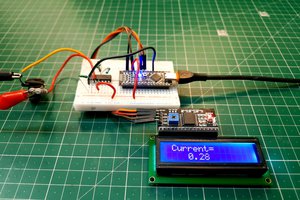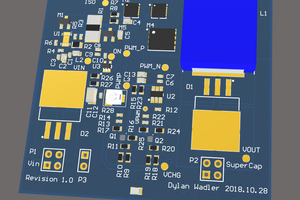This is my first Arduino project, so I'm using a SparkFun RedBoard (I'll worry about prettier form factors and portability once I have the basic operation down).
/*The transcranial stimulator I made is a super cheap LM317 voltage regulator kit turned into a current regulator by slightly modifying the circuit and adding a trim pot; I'm not sure if I can use PWM to switch its output successfully, drive the electrodes directly from the redboard, or if I'll need to actually setup an oscillator of some sort. I have no formal training so a current regulated oscillator sounds a little daunting, however the 2ma current I'm using should make it unlikely that an oscillator would cause any sort of problem back at the arduino.*/
Scratch that, I'll use the arduino to generate a nice pretty sinewave at 40 Hz and just use a current limiter.
The EOG portion is on the surface, the trickiest part of this. Fortunately the folks at onloop.net have solved a huge part of this problem and I should be able to split their amplifier circuit in half, use 2 electrodes, and a much simpler program since I only care if REM is occurring, and not the actual direction of the eye movements.
Sorry there's no pictures yet; I'll try to draw up a diagram or something and take some purdy photos of the redboard and the existing tDCS unit.
 ego
ego

 Sagar 001
Sagar 001
 Joseph Eoff
Joseph Eoff
 Dylan
Dylan